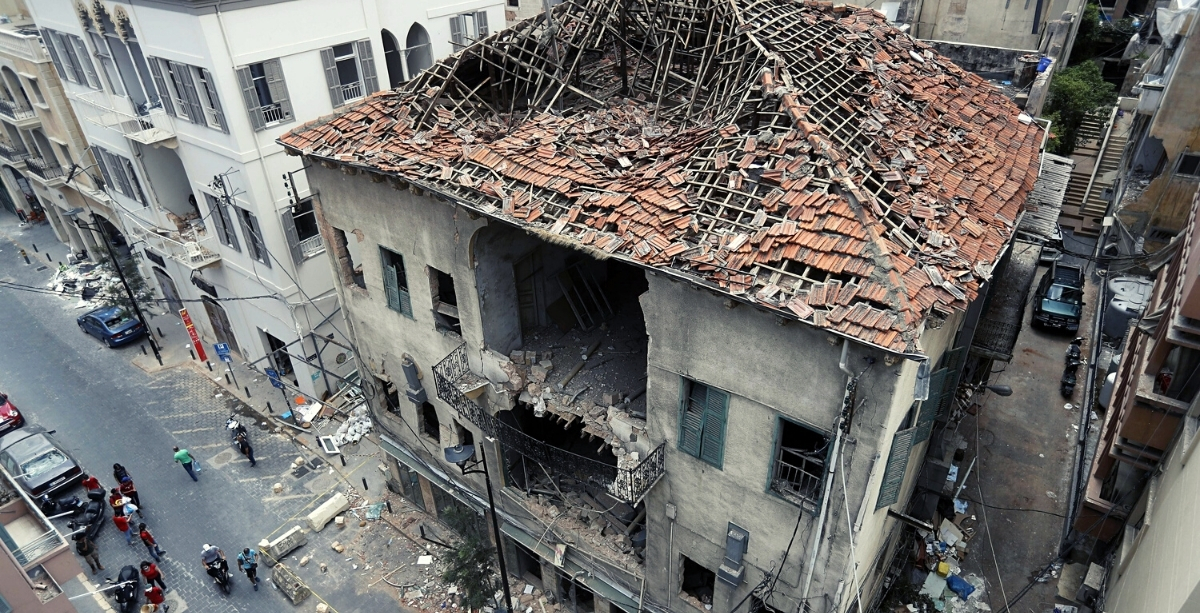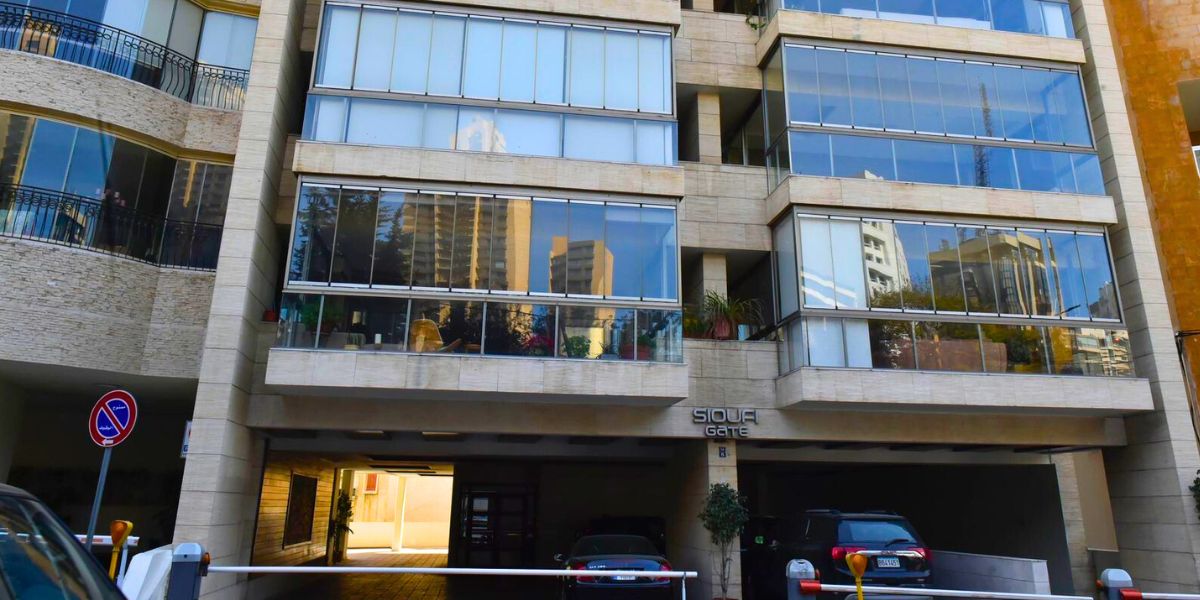A recent field survey conducted by both Orders of Engineers and Architects in Beirut and Tripoli reached the alarming conclusion that a significant number of cultural buildings in Beirut are on the verge of collapse.
The survey, performed in coordination with the Municipality of Beirut, the Lebanese Army, and the Directorate General of Antiquities, covered an area of nearly 3 square kilometers that included the Port of Beirut and neighboring areas.
It revealed that out of 2,509 surveyed buildings, 323 are at risk of complete or partial collapse as a result of the Beirut Port explosion, and 254 are at risk of their non-structural components (for example, balconies) falling apart.
Additionally, it uncovered 543 with damage in some of their components (broken glass, for instance), that need to be treated.
362 heritage buildings that date as far back as the 19th century and hold significant cultural and historical value are located in the area most affected by the blast. Out of those, 92 buildings (25.4%) were damaged and face medium to high risks of collapse.
The majority of those buildings are constructed of sandstone walls, brick floors, wooden roofs, and other weaker materials that made them more vulnerable in the face of the blast, unlike buildings of reinforced concrete, which sustained less damage, on average.
The main goal of the survey was to verify the structural integrity of the buildings affected by the Beirut Port explosion in order to preserve public safety.
Therefore, the collected data was placed at the disposal of some international institutions that have expressed a desire in supporting renovation work or sheltering affected people.
These include the United Nations Human Settlement Programme and the UNHCR.

















